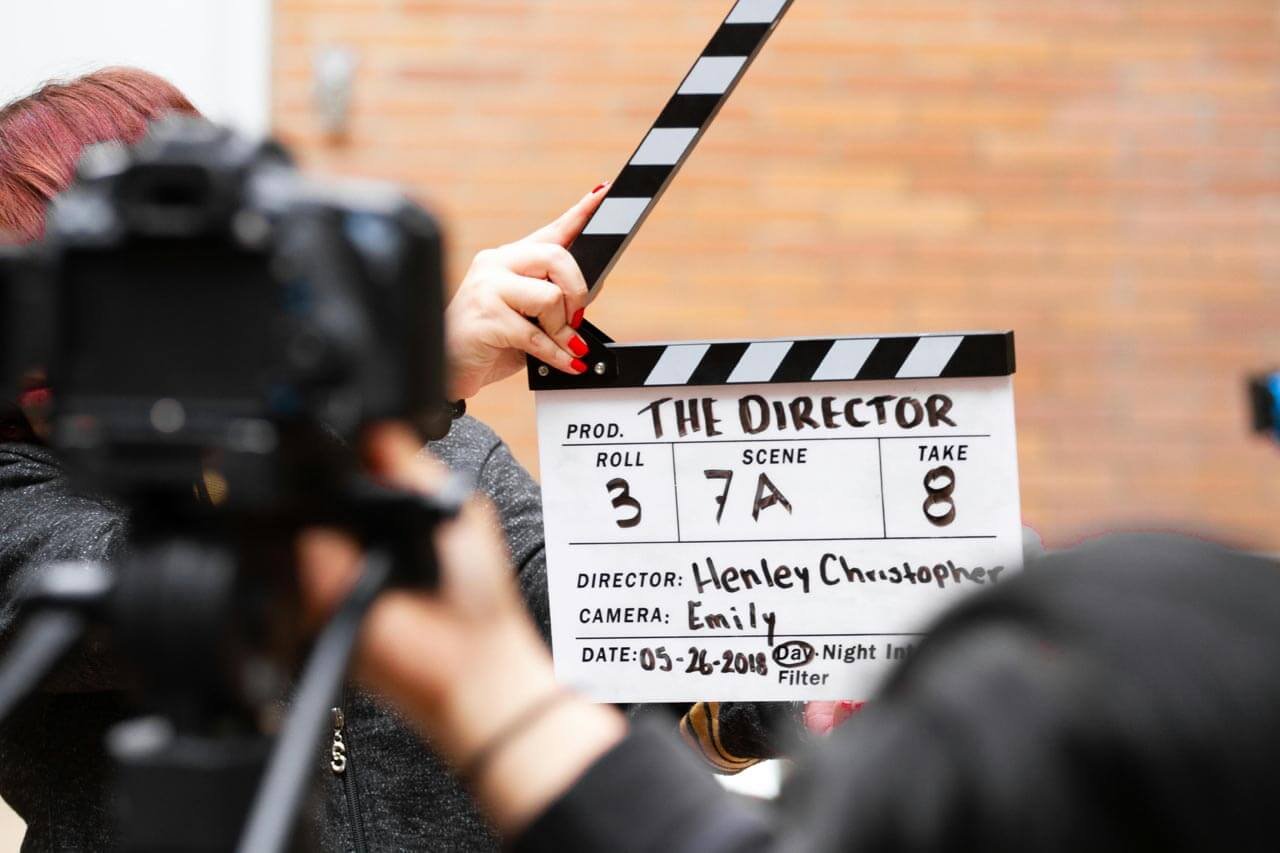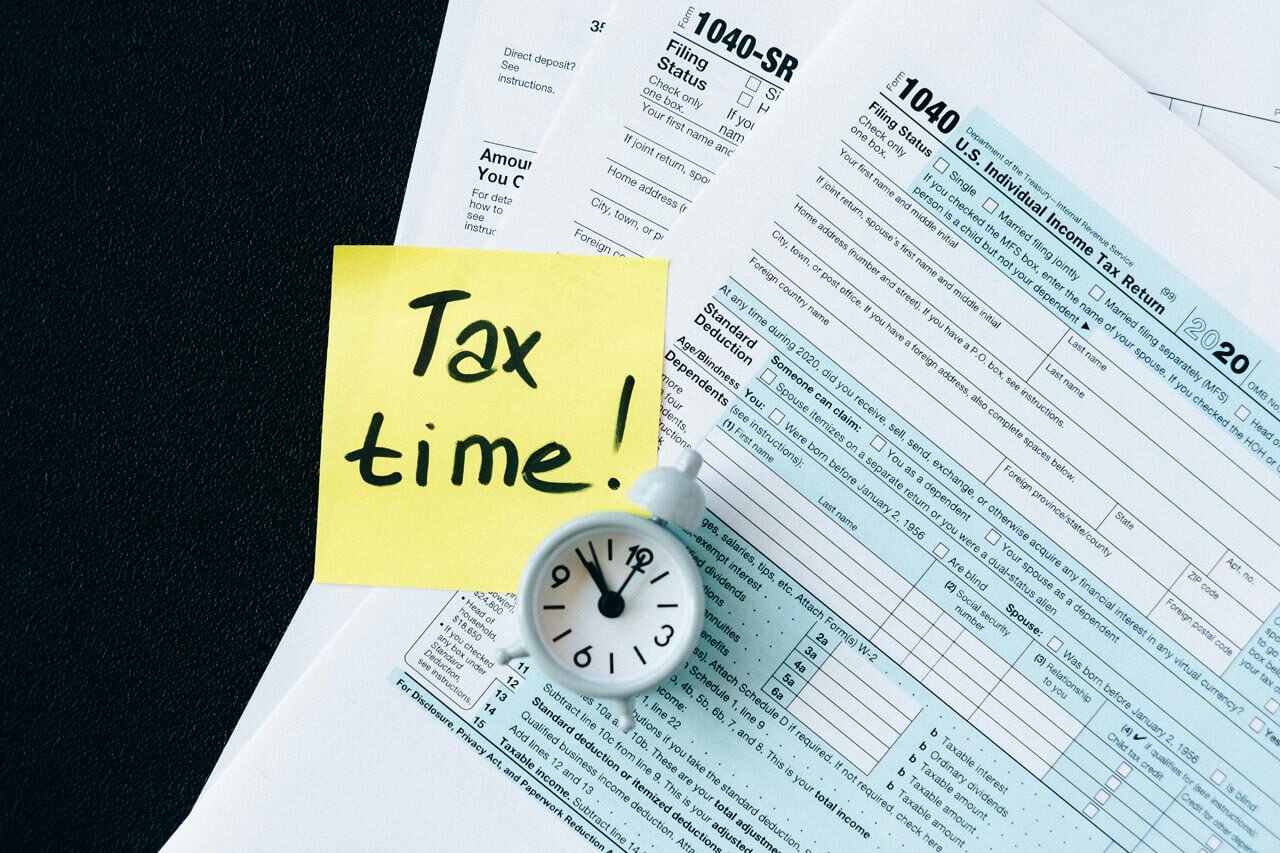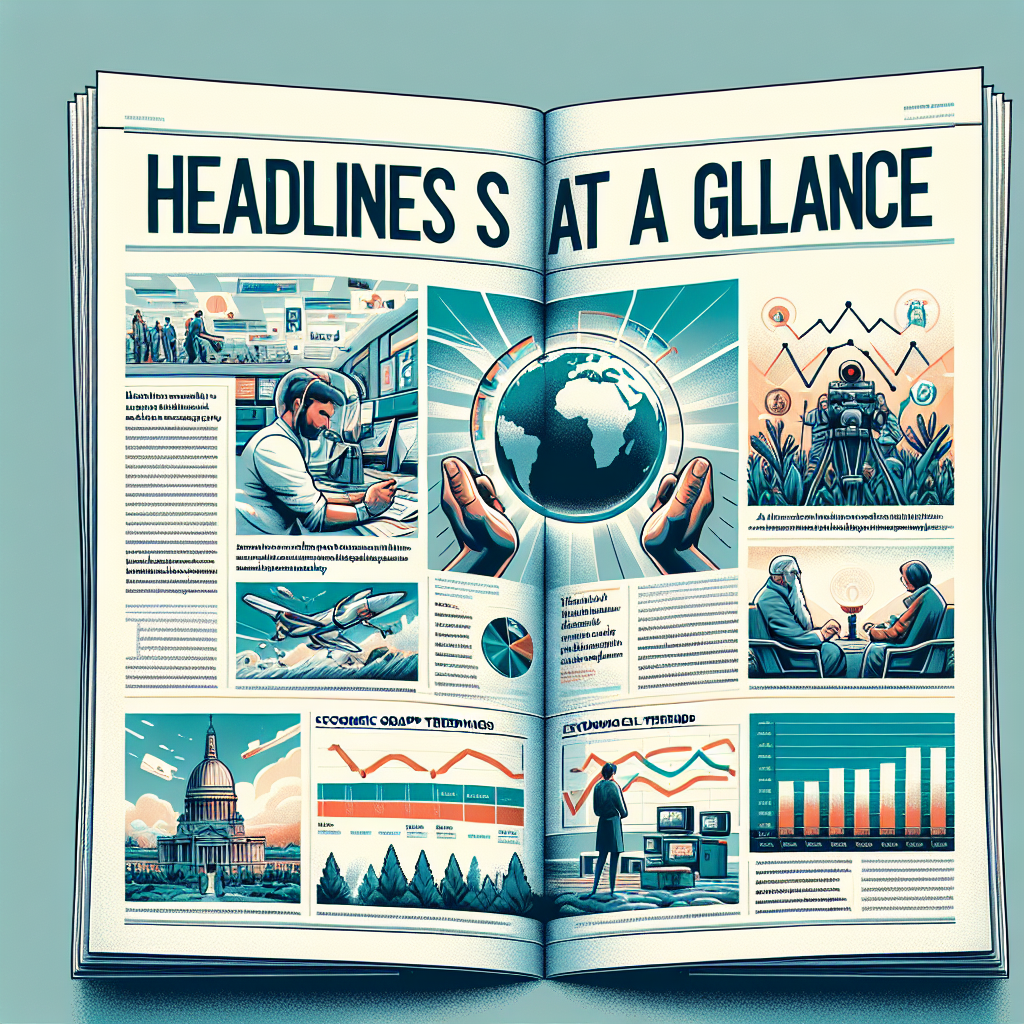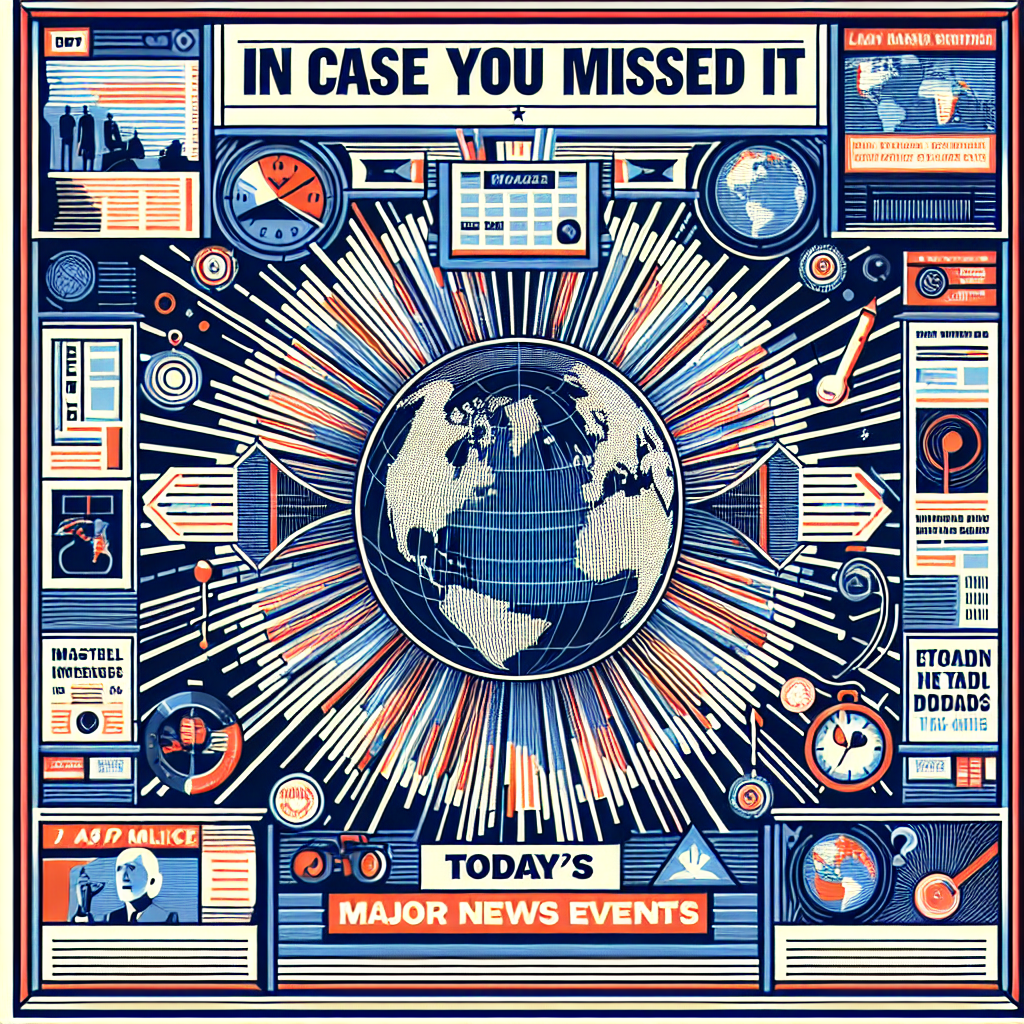Polarization at Its Peak: How Media Shapes Public Perception of Politics

Table of Contents
- Understanding Polarization
- What is Political Polarization?
- The Historical Context of Polarization
- The Role of Media in Shaping Public Perception
- Traditional vs. Digital Media
- Shift to Digital Media
- Media Bias and Its Effects
- Echo Chambers and Filter Bubbles
- The Impact of Misinformation
- The Proliferation of Fake News
- Consequences for Democracy
- Strategies for Navigating Political Polarization
- Encouraging Media Literacy
- Educational Initiatives
- Promoting Diverse Perspectives
- Supporting Independent Journalism
- Conclusion
- References
- Internal Links
In today’s fast-paced digital age, the media plays a pivotal role in shaping public perception, particularly concerning political matters. With polarization reaching unprecedented levels, understanding how various media outlets influence opinions and behaviors is crucial. This article explores the mechanisms driving polarization, the role of social media, the impact of misinformation, and strategies to navigate these challenges.
Understanding Polarization
What is Political Polarization?
Political polarization refers to the growing ideological gap between political parties and their supporters. This phenomenon manifests as increased partisanship, where individuals’ beliefs become more extreme, often leading to a lack of compromise. Research indicates that polarization can damage democratic institutions and social cohesion, making it a topic of concern for policymakers and citizens alike.
The Historical Context of Polarization
Polarization is not a new phenomenon; it has historical roots. From the Federalist vs. Anti-Federalist debates in the late 18th century to the Civil Rights Movement of the 1960s, American politics has experienced fluctuating levels of division. Today, heightened polarization is fueled by factors such as technological advancements, social dynamics, and cultural shifts.
The Role of Media in Shaping Public Perception
Traditional vs. Digital Media
The role of media has evolved dramatically over the years. Traditional media, such as newspapers and television, once dictated the political narrative. However, the rise of digital media has enabled a broader array of voices, making it easier for individuals to access information and express opinions.
Shift to Digital Media
Digital platforms like social media are now primary sources of news and information, particularly among younger demographics. This shift enables rapid dissemination of information but also opens the door to misinformation and echo chambers, where users are exposed primarily to perspectives aligning with their own beliefs.
Media Bias and Its Effects
Various studies have illustrated the presence of media bias, which can skew public perception. Outlets may cater to specific ideological audiences, often reinforcing pre-existing beliefs rather than challenging them. This bias is not limited to liberal or conservative outlets; it spans the spectrum of media consumption.
Echo Chambers and Filter Bubbles
The concept of "echo chambers" describes environments where individuals only encounter information that supports their views, leading to heightened polarization. Similarly, "filter bubbles" occur when algorithms prioritize content aligned with user preferences, further isolating them from opposing viewpoints.
The Impact of Misinformation
The Proliferation of Fake News
Misinformation, or "fake news," has become a significant concern. The ease of sharing content on social media allows false information to spread rapidly, which can eclipse factual reporting. A study by the Massachusetts Institute of Technology found that false news spreads significantly faster than true stories on Twitter, highlighting the challenges faced in combating misinformation.
Consequences for Democracy
The impact of misinformation on public perception can be profound. When individuals are presented with false narratives, their understanding of key issues becomes distorted, contributing to politically charged environments. This can lead to voter apathy, a lack of trust in institutions, and ultimately, a weakened democracy.
Strategies for Navigating Political Polarization
Encouraging Media Literacy
Promoting media literacy is essential for helping individuals critically assess information sources. By teaching media consumers how to discern reliable news from misinformation, we can equip them to engage more thoughtfully in political discourse.
Educational Initiatives
Schools and community organizations can play a vital role in fostering critical thinking skills regarding media consumption. Programs that focus on evaluating sources, understanding algorithms, and recognizing bias can empower individuals to engage more critically with media content.
Promoting Diverse Perspectives
Encouraging exposure to a wide range of viewpoints can combat polarization. Engaging in conversations with individuals holding differing opinions fosters understanding and empathy, helping to bridge ideological divides.
Supporting Independent Journalism
Independent journalism plays a crucial role in providing unbiased information. Supporting media organizations dedicated to fact-checking and investigative reporting can help combat the misinformation landscape and promote informed decision-making among the public.
Conclusion
The role of media in shaping public perception of politics is undeniably influential, especially during this era of increased polarization. Understanding the dynamics of media consumption, the impact of misinformation, and embracing strategies to navigate these challenges can empower individuals to engage more constructively in political discussions. By fostering a culture of critical thinking and promoting diverse perspectives, we can work toward bridging the divide and strengthening democratic processes.
References
For further reading on media bias and polarization, consider exploring the following high-authority sources:
Internal Links
For more information on related topics, check out our articles:
This article has presented an in-depth examination of how media shapes public perception in a polarized political landscape. Understanding these dynamics is essential for anyone looking to engage thoughtfully in today’s complex political discourse.
Latest Posts
Lorem ipsum dolor sit amet, consectetur adipiscing elit. Ut elit tellus, luctus nec ullamcorper mattis, pulvinar dapibus leo.
TOP NEWS
Copyright © 2025 heartlandheadlines.site | All rights reserved.



















No Comments